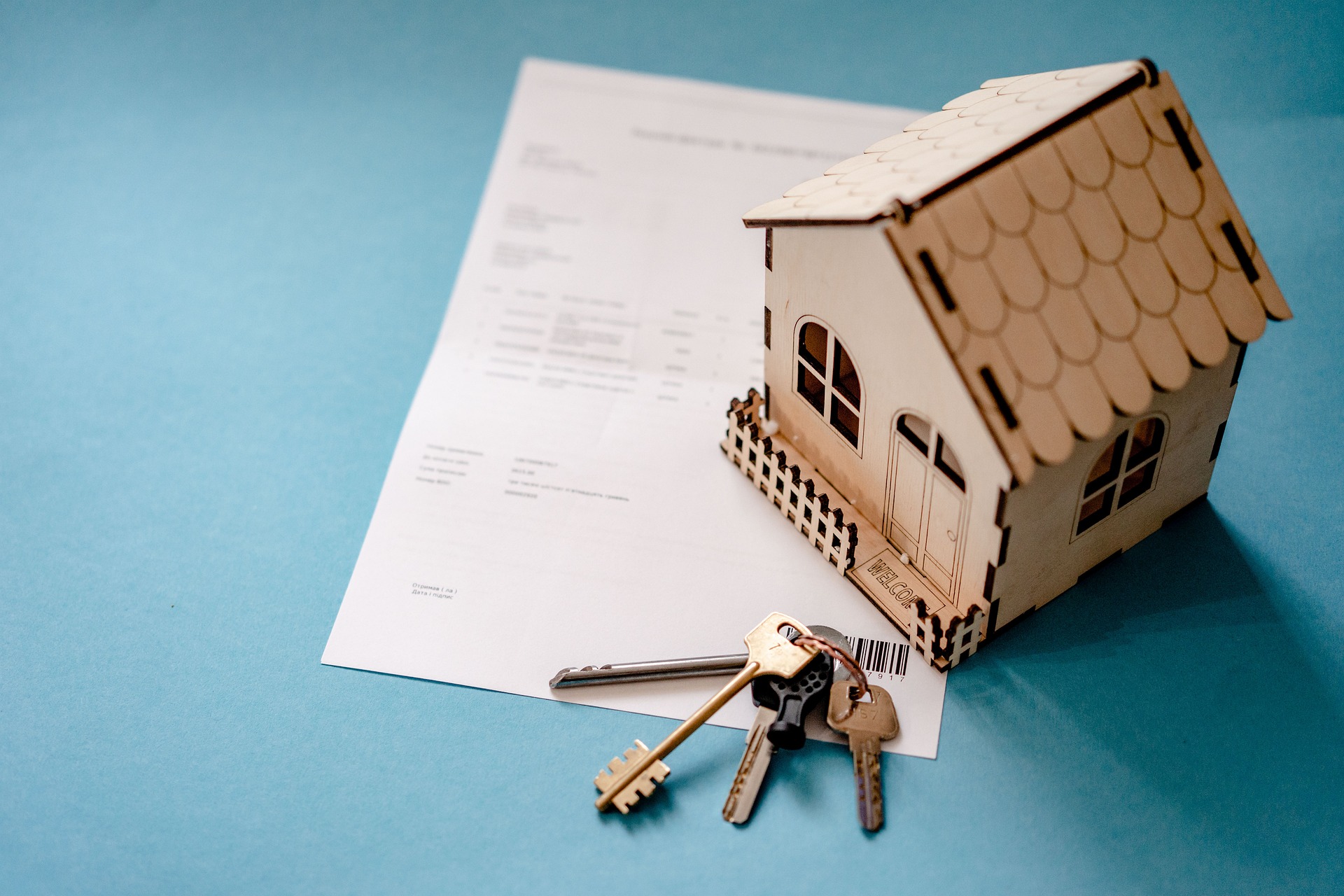
Commercial real estate is often seen as one of the safest, stablest, and best investments for anyone with enough capital to get into the game.
But since 2020, markets have been more unpredictable than at any time in recent memory. Inflation is high and persistent. Supply chains are unstable at best. Global economic forces are ping-ponging all over the place, and it’s hard to parse everything and understand what exactly these things mean for your investments.
One way of simplifying everything is to break it down into one concept at a time. Commercial real estate is a complex business, but at the end of the day, the goal is to ensure that the property is returning more on your investment than you are paying out in interest on your loan.
So, let’s look at exactly how inflation impacts commercial mortgage rates and the different ways that it all comes to bear.
Table of Contents
It Depends on the Type of Loan
The first thing to understand about interest rates on commercial real estate mortgages is that the type of loan can change everything. A traditional mortgage will follow one pattern while options like a DSCR loan will follow a different pattern.
This is especially true when accounting for inflation, as inflation affects property values and commercial real estate cash flow very differently. While both might be expected to rise with inflation, each will rise at different rates depending on which parts of the consumer price index are pushing inflation the most.
If rents are going up quickly, then a DSCR loan is a safer bet, and it might have more favorable interest rates. If property values are rising faster than rents (which was especially prevalent before the 2008 crash), then a DSCR loan will see higher interest rates compared to traditional mortgages.
At the moment, DSCR loans appear to be more favorable, but it’s important to remember that markets are abnormally volatile right now, and things can change rapidly. That said, the expectation is for property values to cool off while rents cool at a slower pace.
Fed Rates and Mortgage Rates
Of course, it’s impossible to discuss mortgage rates without also discussing the Fed. At the time of this writing, the Fed rate is sitting at 3.75 to 4 percent. How will that change over the next year? Even the Fed isn’t entirely sure about that.
For now, the messaging is that interest rates will hold or raise in 2023, but the messaging is less firm than it was through most of 2022. The Fed is watching closely for economic tipping points, and as soon as inflation appears to cool, interest rate hikes will slow down and possibly reverse. For now, you can assume that the interest rate will not drop and will probably rise a bit more in the next year.
How exactly does that translate to mortgage rates?
Traditional mortgages will start at about two points above the Fed rate, and they can grow considerably depending on the conditions of the investment. On average, you’re looking at mortgage rates anywhere from 5.5 to 17.5 percent at the moment. For every point that the Fed adds to interest rates, you can expect commercial mortgages to match the increase.
Mortgage Rates vs Property Value
Another thing to remember is that inflation impacts property values. In general, property values rise with inflation, but there’s a second component that can exacerbate this condition. Inflation increases the cost of building materials and labor, contributing to shortages in real estate.
While this is happening, it accelerates appreciation, and that can help lower mortgage rates.
The challenge, as always, comes down to timing. Inflation appears to be past its peak for the current cycle, and commercial real estate has already cooled from a 2021 high. While properties are still appreciating, the rate is slowing, and that means that the window for lower mortgage rates based on appreciation is closing.
Controlling for the Type of Real Estate
What is even more important to remember is that none of these principles are universal. They depend heavily on the type of real estate being sold. Multifamily dwellings are currently providing good returns and hedge well against inflation.
On the other hand, retail spaces are not. This means that retail space mortgages are seeing higher interest rates, on average, as they are less-stable investments. The same can be for any niche property investment that is not currently enjoying high levels of appreciation.
Unpredictable Treasury Yields
Perhaps the most challenging aspect of understanding the impact of inflation on commercial mortgage rates is the volatility of treasury yields. At the moment, treasuries are at a place where they are not quite competitive with commercial real estate returns, but in this volatile market, that could change pretty quickly.
If treasury yields get high enough to challenge commercial returns, you will see reduced investment in commercial real estate. In general, the risk assessment of commercial real estate investing will change, and that can impact mortgage rates too. If lenders see treasuries as the safer option, they will raise mortgage rates to compensate for increased risks.
Economists pin three percent as a magic number. As 10-year bonds get above 3 percent, they start cutting into the appeal of commercial real estate. Every point above that makes a dramatic difference, and by five percent, you can expect to see the difference reflected in mortgage rates.


